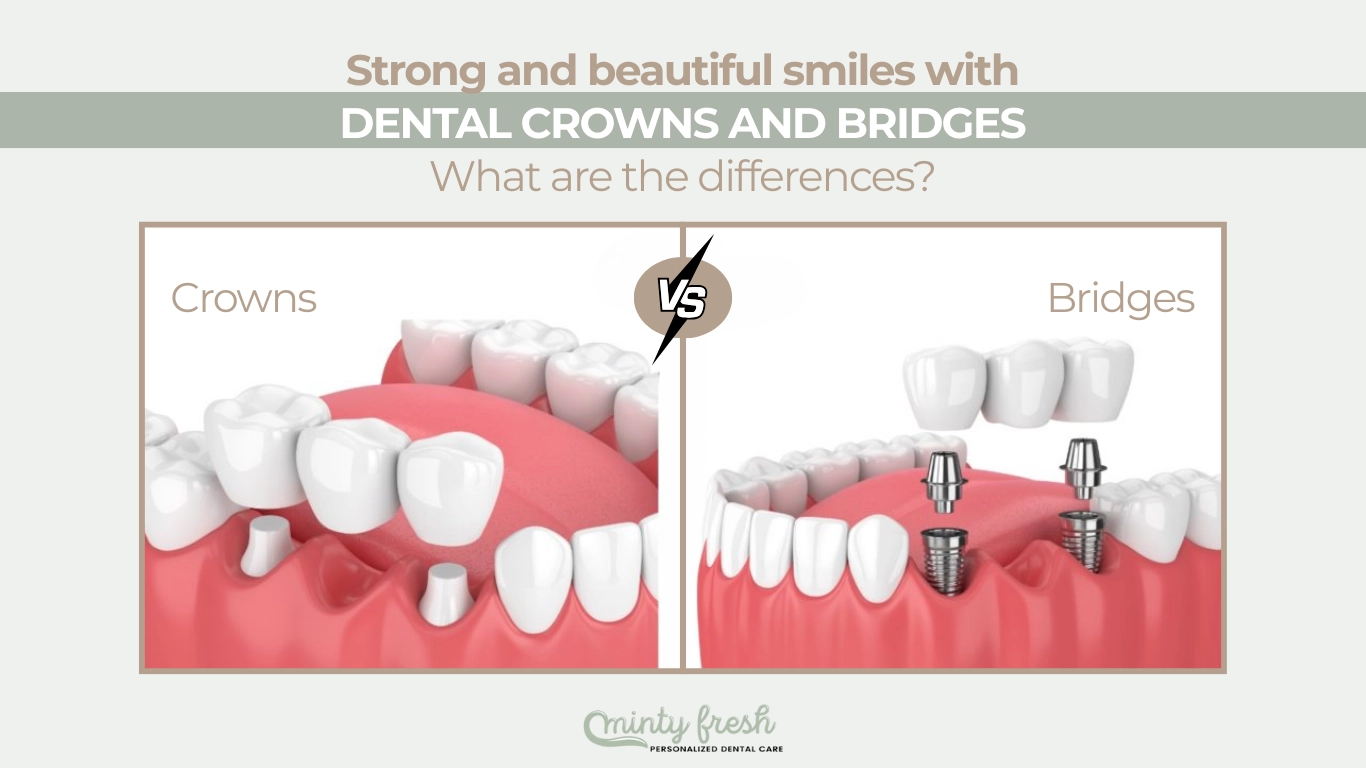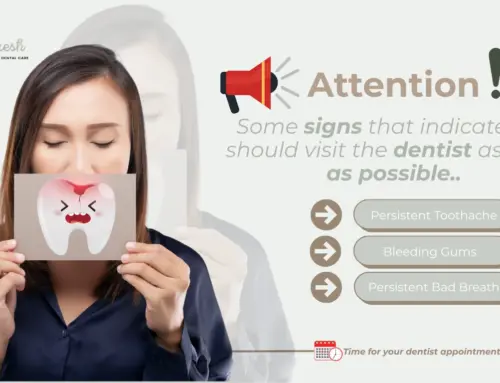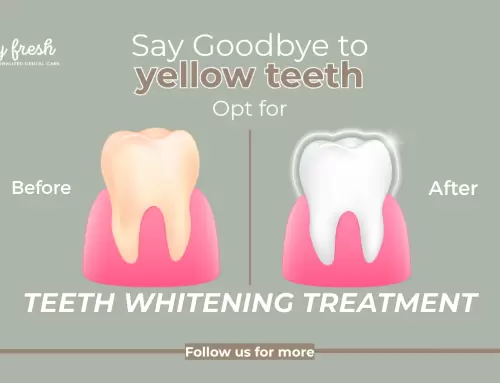What to Do If You Lose a Dental Restoration: Solutions and Tips for Restoring Your Smile”
Dental crowns and fixed bridges are common solutions in dentistry for restoring damaged or missing teeth. While these restorations are durable, there are times when they may fall off or loosen. What should you do in these situations? The good news is that in most cases, the piece can be re-cemented, but it’s important to understand the differences between crowns and bridges, as well as why this might happen. In this blog, we’ll explore what to do if this happens, how to solve the problem, and what options you have.
What Are Dental Crowns and Bridges?
Before diving into the issue, it’s essential to understand what crowns and bridges are. Both are dental treatments used to restore the function and appearance of teeth, but they have key differences:
-
Dental Crown: A crown is a cap or “cover” that fits over a damaged or weakened tooth. It’s used when the original tooth is severely decayed, fractured, or worn down but still has enough structure to support the crown. Crowns can be made of metal, porcelain, or a mix of both materials and offer a durable, functional way to restore the tooth.
-
Fixed Bridge: A bridge is a restoration used to replace a missing tooth by anchoring it to the adjacent teeth. A false tooth is placed in the gap where the tooth is missing, and crowns are placed on the neighboring teeth to hold the bridge in place. Fixed bridges are the most common type, although removable bridges are also an option.
Both treatments are quite effective and stable, but as we mentioned earlier, they can sometimes fall off.
Why Might a Crown or Bridge Fall Off?
Although crowns and bridges are strong and durable restorations, there are several reasons they may fall off. Some of the most common causes include:
-
Wear and Tear: Over time, normal use and chewing pressure can wear down the material of the restoration, causing it to loosen or fall off.
-
Cement Failure: Crowns and bridges are held in place with special dental cement. If the cement fails or wears out over time, the restoration may become loose.
-
Cavities or Infection in Supporting Teeth: If the tooth supporting the crown or bridge develops cavities or an infection, it can weaken the fixation of the restoration.
-
Trauma or Injury: A strong blow or injury to the mouth can cause the piece to loosen or fall off.
-
Improper Initial Placement: If the restoration was not properly placed from the start, there could be a greater chance of it falling off over time.
Can a Crown or Bridge Be Reattached?
The short answer is yes, in most cases, a fallen crown or bridge can be reattached. However, there are some factors that will influence whether it’s possible or not.
-
Condition of the Supporting Tooth: If the tooth holding the crown or bridge is in good condition and hasn’t been affected by decay or infection, the restoration can often be placed back. However, if the tooth is compromised, additional treatment may be necessary, such as a root canal or dental reconstruction.
-
Condition of the Restoration: If the crown or bridge is damaged (e.g., chipped or cracked), it may not be reusable, and a new one may need to be made.
What Should I Do If a Crown or Bridge Falls Off?
If your crown or bridge falls off, it’s important to act quickly to avoid complications. Here are some steps you can follow:
-
Stay Calm: Don’t panic. The first thing is to keep the dental piece (if possible) and avoid chewing hard foods or using the affected area.
-
Contact Your Dentist: Call your dentist right away. At Minty Fresh Miami, we’re happy to help you. You can contact us at (305) 442-6422 to schedule an appointment. A dentist will evaluate the situation and guide you through the next steps.
-
Save the Restoration: If you’ve found the crown or bridge that fell off, store it safely, like in a small container with water or saline solution, so you can bring it to your appointment.
-
Avoid Using Dental Glue: Although some people try to glue the crown or bridge back on with home adhesives, this is not recommended. Using non-dental adhesives can damage the restoration and your teeth.
What Are the Options If Replacing the Piece Isn’t Possible?
If the restoration cannot be reused, your dentist will offer options for replacement. This could involve creating a new crown or bridge, or even considering other alternatives like a dental implant if the original tooth is no longer viable.
FAQs – Frequently Asked Questions
-
Is it painful when a crown or bridge falls off?It shouldn’t be painful, but depending on the supporting tooth, you may experience some sensitivity or discomfort. If this happens, contact your dentist right away.
-
Can I eat after my crown or bridge falls off?It’s best to avoid eating on the affected side until the issue is resolved to prevent damage to the tooth or the restoration.
-
How long can I wait to see the dentist if my crown or bridge falls off?While it’s ideal to act quickly, it’s not an emergency in all cases. However, don’t delay your appointment for too long to avoid further complications.
-
How can I prevent my crown or bridge from falling off?Maintaining good oral hygiene, avoiding hard or sticky foods, and attending regular dental check-ups are all ways to help prevent this problem.
-
Does insurance cover the replacement of crowns or bridges?This will depend on your dental insurance plan, but many plans do cover part of the cost of replacement or repair of dental restorations.







